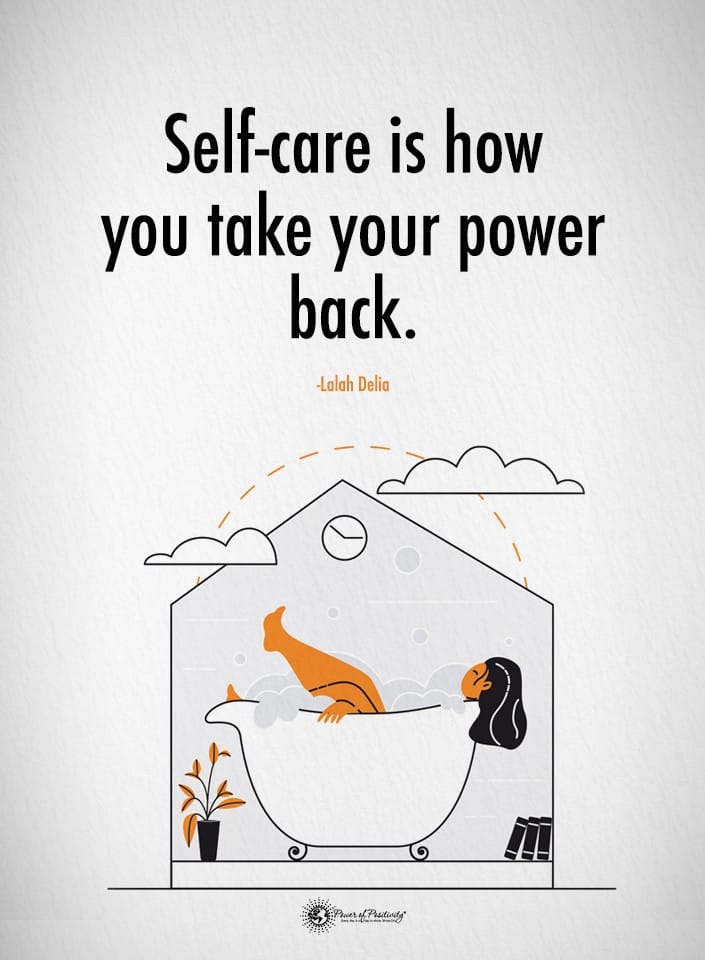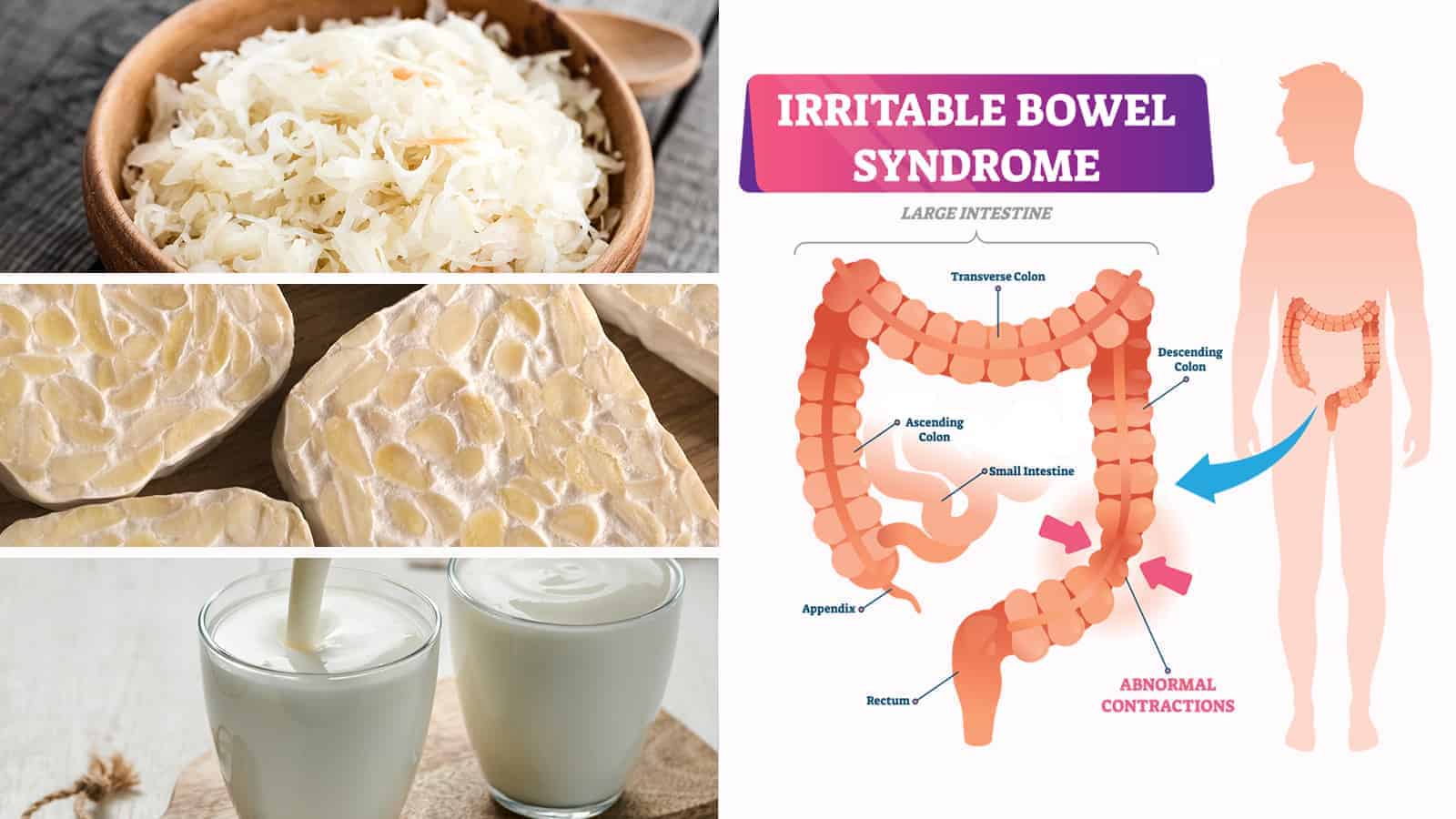You’re in an important meeting at work, and it suddenly hits you out of nowhere. In a rush, you excuse yourself to go to the bathroom. If this is a familiar scenario for you, perhaps you’ve already been diagnosed with irritable bowel syndrome.
According to the U.S. Library of Medicine, Irritable bowel syndrome, or IBS, is a change in your bowel habits that usually include diarrhea, bloating, and painful cramping. Some people who have it may also experience constipation and intense sweating. You may know these unbearable symptoms all too well and maybe you’ve been searching for an IBS eating plan to help.
The article reports that medical experts don’t know what causes IBS, but it usually strikes those who are younger than 45. If you are a woman, you are twice as likely to be diagnosed with IBS than if you are a man. While the symptoms can be painful, embarrassing, and time-consuming, the article reassures that IBS usually doesn’t damage your intestinal tracts.
How is IBS Diagnosed?
 How do you know if you have IBS or just another disorder? An article from the National Institute of Diabetes, Digestive, and Kidney Diseases states that your primary healthcare provider will first assess your medical and family history as well as doing a physical exam to rule out other underlying conditions.
How do you know if you have IBS or just another disorder? An article from the National Institute of Diabetes, Digestive, and Kidney Diseases states that your primary healthcare provider will first assess your medical and family history as well as doing a physical exam to rule out other underlying conditions.
When your healthcare provider team suspects you have IBS, their primary indication will be abdominal pain. They will also be looking for one or more of these symptoms:
•Your abdominal pain centers around your bowel habits. Does the pain get worse or improve after you have a bowel movement?
•Have you noticed that your bowel habits have changed? Do you go more or less frequently? It may be uncomfortable to talk about, but it’s an essential factor in your diagnosis.
•Do your stools look different than they are usually? For example, waterier, tarry, etc.
According to the article, your healthcare providers will consider all this information. Plus, they will consider if your symptoms first appeared at least six months ago, and if you have symptoms at least once a week in the last three months. If your diagnosis is confirmed, the IBS eating plan may be the help you need.
Different Forms of IBS
Did you know that medical experts have identified three different forms of irritable bowel disease? The American Gastroenterological Association published an article that explains each type in detail. The article mentions that not every IBS patient experiences the same set of symptoms:
•IBS-D
With this type of IBS, you’ll usually feel the constant urge to go to the bathroom. When you do have bowel movements, they will be loose or watery. Cramps and abdominal pain often accompany this type as well as frequent diarrhea.
•IBS-C
This IBS type centers on difficulty with moving your bowels. You may have the urge to go and can’t seem to empty your colon successfully. It may be days before you can finally have a bowel movement.
•IBS-M
Thirdly, the article mentions this type that includes symptoms of both IBS-D and IBS-C. It can be mixed, or the symptoms can alternate.
According to an article published by the International Foundation for Gastrointestinal Disorders, between 25-45 million Americans have been diagnosed with a form of IBS. Although 2 out of 3 patients are adult females, it can also strike men and children. Statistics from the Foundation estimate that IBS affects at least 10-15 percent of people worldwide.
If you’ve been diagnosed with IBS, you already know what a damper it can put on your life. Since the symptoms are unpredictable, they can range from annoying to completely debilitating. Constant pain and bathroom visits can affect your social and professional life, which can be detrimental physically, mentally, and emotionally.
Treatment for IBS
What’s your next step with an IBS diagnosis? An article published by the National Institute of Diabetes, Digestive, and Kidney Diseases says that IBS symptoms are usually treated with dietary and lifestyle changes. Your healthcare professionals may also recommend medication, probiotics, and mental health therapy states the article.
Did you know that chronic stress may cause your IBS symptoms to be worse? So, the article says part of your treatment plan should also include stress relief. You may also be encouraged to get more physical activity, and it’s imperative to get enough sleep. Another big step is developing an IBS eating plan that’s tailored to your specific needs.
The IBS Eating Plan
Are you searching for natural ways of coping with your IBS symptoms? Talk to your healthcare specialist about how an IBS eating plan can help. Although food planning isn’t a cure, it can help you manage your symptoms. One of the most common of these plans is called the Low FODMAP.
One good thing about using low FODMAP as an IBS eating plan is that it’s versatile. Since IBS can present differently with each patient, foods may also affect each person differently. Your healthcare specialist and a registered dietician can give you a lot of menu suggestions.
What is Low FODMAP?
Medical science often uses acronyms as shorthand for long, complex terms. FODMAP is an acronym for the six foods to avoid that may cause IBS flare-ups, states a publication from the Canadian Society of Intestinal Research. Here are the big words and an easier way the article gives to understand them:
• F: Fermentable
Some foods have high fermentation once they reach your large intestines, so they can contribute to IBS gas and bloating. However, foods like sauerkraut, tempeh, and probiotic yogurt may provide probiotics that encourage gut flora’s healthy growth in your intestines. It works for many IBS patients, so it may work for you.
• O: Oligosaccharides
This multi-syllable word means few sugars, which are short-chain molecules that make fructans and galactans. These are present in some fruits, vegetables, and grains. Wheat can be a notorious cause of IBS symptoms.
• D: Disaccharides
Disaccharides have two sugar molecules and make up a compound called lactose. You’ll find lactose in milk, cheese, butter, and other dairy products, and you may be lactose-intolerant as well as having IBS. Since dairy products (except yogurt) can be high on the FODMAP index, you should try to avoid them.
• M: Monosaccharides
Mono- means one, so monosaccharides have one sugar molecule. This sugar is also called fructose, which is the sweetness of the fruit. Some fruits have a higher FODMAP index than others. However, you do need the fiber that fruit provides.
•What to Eat:
A guide published on IBS Diets FODMAP recommends a whole list of good fruits, like strawberries, unripe bananas, tomatoes, pineapple, and papaya.
•What to Avoid:
They also provide a list of fruits to avoid since they are high in monosaccharides. These include apples, avocadoes, cherries, and grapefruit.
P: Polyols
If you are a fan of “sugar-free” and “low sugar” foods, you are probably consuming polyols or compounds with many sugar molecules. Although they aren’t the type of alcohol that would make you drunk, polyols are also called sugar alcohols.
•What to Eat:
If you want to avoid sugar alcohols but still want less sugar in your diet, consider using natural sweeteners. These include stevia, agave nectar, or pure maple syrup.
•What to Avoid:
Unfortunately, these sugar alcohols can wreak havoc on your digestive system, especially if you’ve been diagnosed with IBS. When you read the labels, look for these sometimes “hidden” sugars in the form of xylitol, sorbitol, mannitol, maltitol, or isomaltose.
•Meats
You needn’t give up meat to control your IBS with diet. Enjoy lean cuts of meat according to your recommended protein intake. However, be cautious with processed meats and always read the labels for high-FODMAP ingredients.
•What to Eat:
Try lean cuts of beef, pork, poultry, or lamb.
•What to Avoid:
Sausage and other processed meats that are high in FODMAPs.
•Vegetables
If you are a veggie fan, you’ll love the great list of nutritious vegetables you can enjoy on this IBS eating plan.
• What to Eat:
Enjoy tasty servings of carrots, spinach, kale, zucchini, bean sprouts, hot peppers, bok choy, and many others.
•What to Avoid:
Some veggies are high in several of the FODMAP compounds. Try to avoid cruciferous vegetables like cauliflower and broccoli. You may also want to stir clear from artichokes, Brussels sprouts, leeks, onions, garlic, and snow peas.
 Final Thoughts About a Life-Changing IBS Eating Plan
Final Thoughts About a Life-Changing IBS Eating Plan
If you or a loved one have been diagnosed with IBS, you know the pain, embarrassment, and inconvenience it can cause. Fortunately, an IBS eating plan like the FODMAP diet may help minimize your symptoms. Remember that before you begin this or any other diet plan, consult with your healthcare specialist or a registered dietician.


















